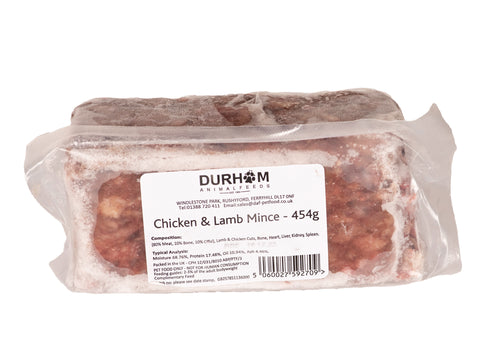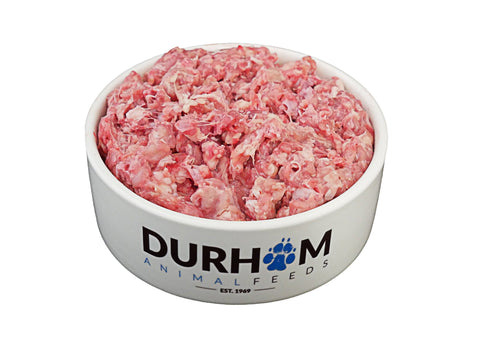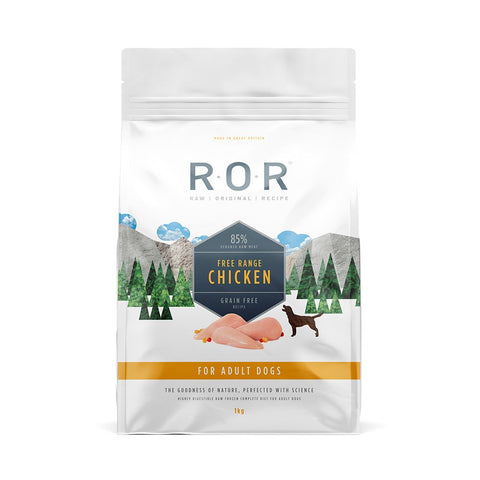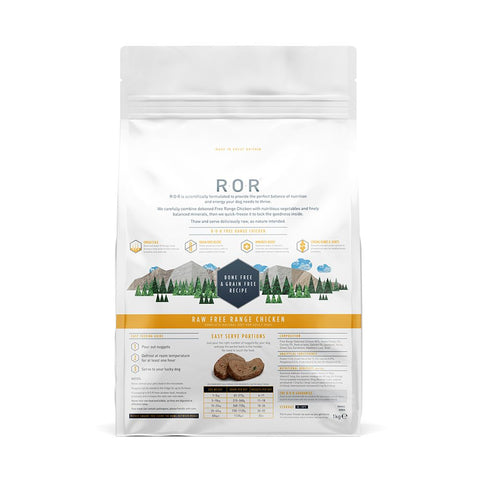Guide To Caring For Cockatoos

Cockatoos originate from Australasia and South-East Asia. These species of parrot boast beautiful erectile crest feathers on their heads, which are displayed in response to feelings, such as fear, excitement or aggression.
These parrots are the only species not to have any blue or green colouration in their plumage.
Many cockatoos live between 40 and 70 years, so you must be sure you are ready for a lifetime commitment.
Shopping List
Cage and cage stand
Bath
Cage cover
Toys
Water pot
Sand/sand sheets
Seed pot
Vitamin drops
Perches
Cuttlefish
Seed guard
Mineral block
Food
Pet safe disinfectant
A good book on parrot care, such as Parrot Keeping, by Alan K. Jones, available from www.theparrotsocietyuk.org
General Care
Early signs of illness include loose droppings, discharge from the nostrils, laboured breathing, feathers raised to give a puffed up appearance, resting with head under the wing and both feet on the perch. These are all general, non-specific signs of a variety of illnesses, so if you are concerned about your parrot’s health or behaviour, seek specialist veterinary advice.
– Feathers: Feathers should need regular grooming to stay healthy, including a gentle spray with water. You can use a suitable fine mist spray together with a special solution to spray on, your pet shop can advise you on suitable products. Many cockatoos do enjoy a bath or shower, but not all of them.
– Respiratory diseases: The bird will be listless, with feathers fluffed up and wheezing if it catches a cold. Keep him warm, do not bath and consult with your vet immediately.
– Wet droppings: Commonly caused by an excess of green, mouldy or contaminated food; a change in diet or lack of fresh water; intestinal infections; or liver and kidney diseases. Keep him warm, make sure he has plenty of fresh water and consult your vet.
– Mites: These are parasites that feed on birds blood, causing itching, weight loss, and feather loss. Mites are easy to destroy with a suitable spray and your pet shop or vet will advise.
– Beaks and nails: An iodine block can help keep your bird’s beak trim. If you suspect your cockatoos nails and beaks are too long seek expert advice.
– Feather plucking: A complex, common, and frustrating problem with many possible causes, including skin or feather infections, a poor diet or environment, lack of exercise or stimulation. Spend time with your cockatoo and provide it with lots of toys for exercise and entertainment. If the condition persists consult your vet.
If you are worried about the health of your cockatoos consult with your vet. It is recommended to seek a vet that has experience with birds.
Choosing Your Cockatoo
There are three commonly-kept species of cockatoo – white, black and grey roseate – the white cockatoo is the most popular type kept as a pet in the UK, as the other types require more specialist care and knowledge.
A healthy cockatiel should be:
Bright-eyed and alert.
Have no signs of discharge from the eyes or nostrils.
Have a clean vent area.
Feathers should be smooth, flush to the body and not be fluffed up.
Have no signs of breathing problems.
Have fluent movement with no signs of lethargy.
Housing
Cockatoos can be housed in an outside aviary or a roomy cage.
If you choose to house your cockatoos in a cage, it is highly important they are provided with daily time outside their cage.
A roomy cage is a necessity if you are unable to provide an aviary, and it must be large enough for your cockatoos to stretch their wings and fly from perch to perch. Cockatoos are climbing birds, so it is preferable to choose a cage with horizontal bars.
Avoid putting the cage in draughts, direct sunlight or in damp or humid conditions. The cage should be furnished with perches of different diameter and a few toys, but don’t overcrowd the cage.
Try and buy a selection of toys and rotate them to avoid boredom.
Do not place perches directly above food and water pots.
Cockatoos are notorious chewers so it is important to provide them with plenty of wooden chews to keep them entertained.
The cage/aviary can be furnished with non-poisonous wood branches, such as fruit wood, which will add interest and aid with keeping the beak properly shaped. You can also hang toys off the branches for added entertainment.
Sand sheets or cage bird sand may be used in the bottom of the cage and replaced regularly. The cage and furnishings should be thoroughly cleaned and disinfected with a pet safe disinfectant
weekly, although droppings should be removed daily. A removable tray will make cleaning easier.
Outside aviaries must have a sheltered section to provide protection from wind, rain and strong sunlight and for many species it may need to be heated. Place the roosting site (the highest perch or nest box) and food containers within the sheltered section. The floor should be paved or have a sunken wire mesh to prevent rodents entering. If possible, install a security light with an infra-red sensor to deter thieves. It is also essential to have a double-door entrance system so birds cannot escape.
Introducing Your Cockatoos To Their New Home
Before introducing your cockatoos to their new home, fill the food and water pots and sprinkle a little extra onto the floor, to ensure they have enough to eat until they find the seed pots.
Make sure all windows and doors are closed and fires are guarded.
Gently open one end of the carry box and let your cockatoos walk into their new home. If they appear anxious or do not settle, drape a cloth over three sides of the cage until they settle. Leave them to adjust to their new setting quietly for a few hours.
Whilst your cockatoos are still young, introduce them to as many people and noises as possible. This will ensure they are confident and comfortable with other people taking care of them if you are away or if they outlive you – which may well happen.
Training
Cockatoos are very intelligent and curious animals that spent most of their waking hours playing and entertaining themselves. They can be trained, which will also help you bond with your pet.
‘Step-up’ onto your finger can be encouraged with a little gentle pressure to the breast, followed by a reward and praise. ‘Fly to me’ can also prove very useful if you notice a door or window has been left open, although this takes some persistence. Repetition, patience and positive reinforcement is the best form of training.
Do not punish your birds as you may ruin your relationship.
Many cockatoo owners cuddle their pets and offer too much touching – which can eventually frustrate the birds as they reach maturity. Try to keep touching to a minimum and play with them instead of cuddling.
The Animal Welfare Act 2006 means all pet owners have a legal duty of care to their pets. Anyone who is cruel to an animal or is found not to be providing the five animal welfare needs, as listed below, can be fined and sent to prison.
Food and Water
It is important that you give your cockatoos a varied diet. Each day you should offer food from the following categories:
Seeds, nuts and cereals: A good quality parrot mixture should be available from your pet shop. Check the seed dishes daily and remove any empty husks and refill as necessary.
Fruits: Apples, bananas, oranges, grapes, pears and cherries and more exotic fruits are all suitable, but do not feed avocado, as this is toxic.
Vegetables: Celery, carrots, broccoli, beetroot, lettuce, cabbage, spinach, fresh peas, and beans are all suitable. Fresh foods must be thoroughly washed before being offered.
Supplements: Cuttlefish is a source of calcium and helps to keep the beak trim. A mineral block will provide essential minerals and trace elements, although both these items will be demolished rapidly by larger parrots. Vitamin drops may be added to the water.
Millet sprays, honeybells, rosehips and seed bars can be given as a treat. Be careful not to offer your cockatooís too many fatty treats as they are prone to liver damage.
Food and water pots should be washed regularly and fresh water should always be available.
The Five Animal Welfare needs:
1. Environment: Pets should be given the correct housing according to its size, this includes shelter, space to exercise and a secure, comfortable place to rest.
2. Diet: Pets should be offered the correct type and volume of food to cover all their nutritional needs alongside access to clean, fresh water.
3. Behaviour: All pets should be allowed to exhibit normal behaviour patterns and should be provided with the facilities to do so.
4. Company: Some animals require the company of their own kind, whilst others should be kept on their own.
5. Health: All animals should be protected from pain, suffering, injury, and disease, and given veterinary treatment if they become sick or injured.
Credit to The Pet Charity www.thepetcharity.org.uk
Registered Charity No: 1052488










